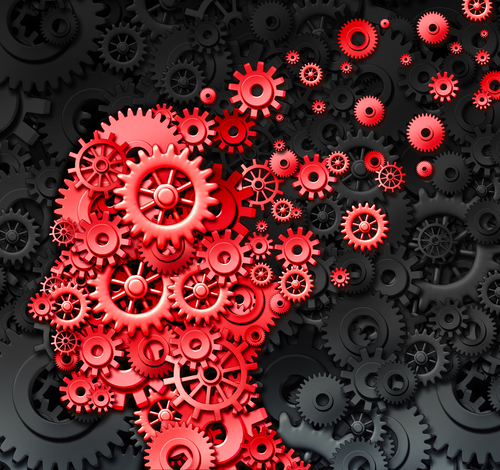Long-term Memories Maintained by Prion-like Proteins

Researchers from Columbia University Medical Center (CUMC) have released multiple study findings showing that long term memories are stored with the help of prion-like proteins called CPEB. These CPEB proteins work to form long term memory in the same way as the mechanisms that cause mad cow disease, kuru, and other degenerative brain diseases.
Background Terminology:
- Prion protein: is a protein that can fold in multiple, structurally distinct ways, at least one of which is misfolded and transmissible to other prion proteins.
- Protein aggregate: is a biological phenomenon in which misfolded proteins accumulate and clump together.
- Synapse: is the space where nerve cells connect to one another. When a charge reaches a synapse, it may trigger release of tiny bursts of chemicals called neurotransmitters which are vital components for normal functioning of the brain.
The studies were conducted in the lab of world renowned neuroscientist and Nobel Lauriat, Dr. Eric R. Kandel, MD, University Professor & Kavli Professor of Brain Science, Director, The Kavli Institute for Brain Science, Co-director, The Mind Brain Behavior Initiative, Senior Investigator, Howard Hughes Medical Institute, CUMC, whose specialization includes the molecular biology of long term memory storage, the initiation and maintenance of synaptic growth; examination of features shared in simple forms of learning and memory in the nervous system and mammalian hippocampus; by combining behavioral, cellular, and molecular biological approaches in hopes of understanding the changes that underlie simple forms of learning and memory in invertebrates and vertebrates.
In the four studies that were recently published in both the journals Neuron and Cell Reports, Dr. Kandel’s research team found that when long-term memories are created in the brain, new connections are made between neurons to store the memory. But those physical connections must be maintained for a memory to persist, or else they will disintegrate and the memory will disappear within days, with CPEB3 proteins responsible for maintaining these connections.
In a University press release Dr. Kandel explains his team’s research, stating, “Like disease-causing prions, functional prions come in two varieties, a soluble form and a form that creates aggregates. When we learn something and form long-term memories, new synaptic connections are made, the soluble prions in those synapses are converted into aggregated prions. The aggregated prions turn on protein synthesis necessary to maintain the memory. As long as these aggregates are present long-term memories persist. Prion aggregates renew themselves by continually recruiting newly made soluble prions into the aggregates. This ongoing maintenance is crucial t’s how you remember, for example, your first love for the rest of your life.”
When asked about a similar protein that exists in humans, and the possibility that it could have the same mechanism at work in the human brain, Dr. Kandel, answered, “It’s possible that it has the same role in memory, but until this has been examined, we won’t know. There are probably other regulatory components involved. Long-term memory is a complicated process, so I doubt this is the only important factor.”
To hear Dr. Kandel talk about how long term memories are made click here.






